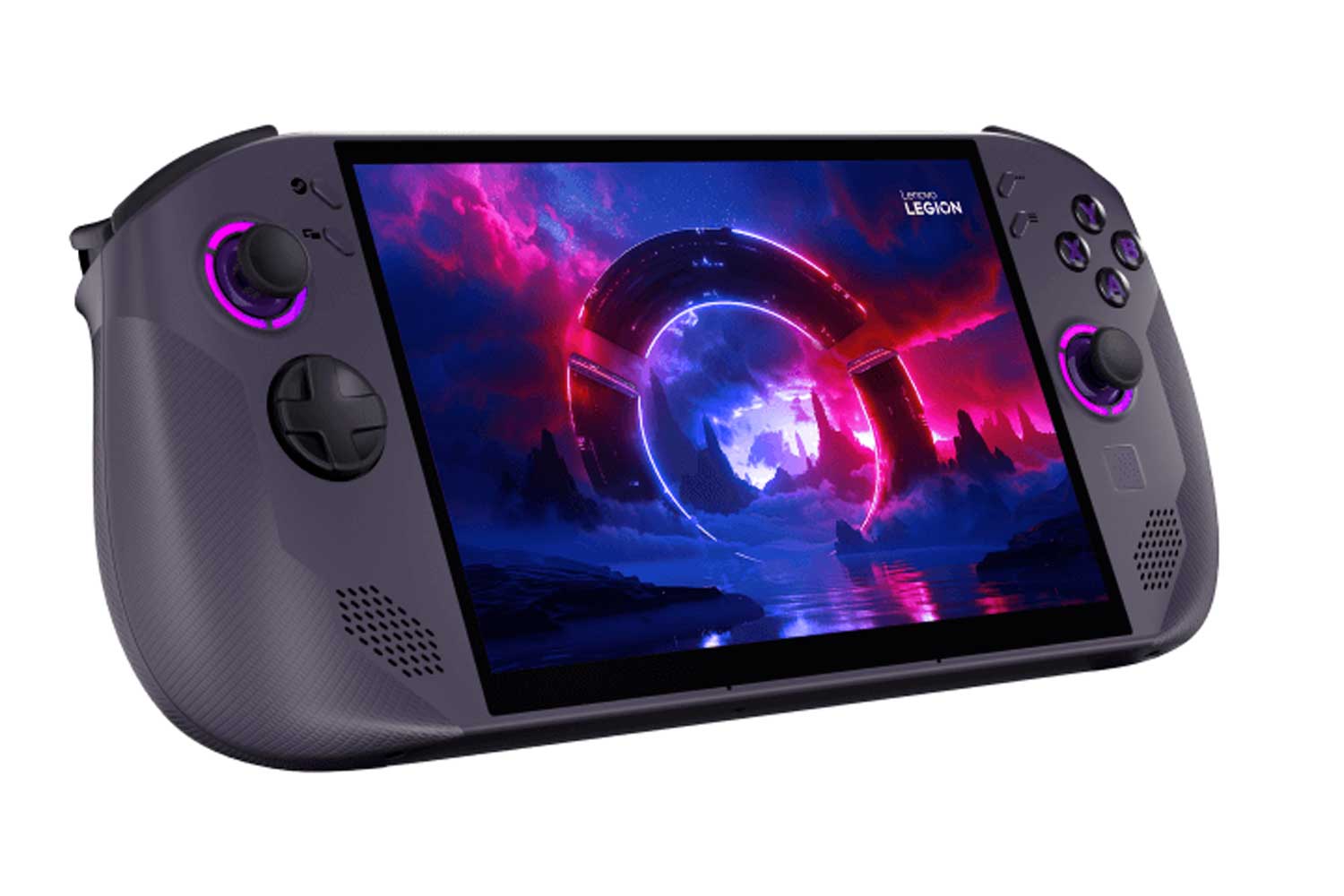CAEN, FRANCE – JUNE 16: Smart Ray-Ban Glasses, on June 16, 2024, in Caen, Normandy, France. (Photo … [+]
Don’t look now, but the company formally known as Facebook has officially pioneered the science of real time language translation, in a modern-day ‘reverse tower of Babel’ scenario that’s likely to bring a lot of change to our world.
Fans of this kind of technology can try out Meta’s important updates for its Ray-Ban wearables line through the company’s early access program. The addition also includes Shazam, which helps users to identify songs and media through cues, but perhaps the most interesting new feature is the ability of the device to perform as a translator in real time for some of the most common language pairs used in many parts of the world. (Think of the sci-fi stuff in Star Trek, and no, the glasses don’t do Klingon).
World map made of colorful speech bubbles. Translating, language interpreter and communication … [+]
How it Works
The Meta Ray-Ban’s translator uses a built-in microphone, and a filtering component to get a clearer signal. Then it runs the resulting input into a speech to text conversion, with AI models trained on multiple languages. The cloud-based translation service crunches the NLP, and the whole process is optimized for speed to reduce latency. In the end, you can hear the audio translation through the glasses, or see it displayed on a companion device.
“With live translation on Ray-Ban Meta smart glasses, you can understand speech or listen to audio in French, Italian, Spanish or English,” write spokespersons. “In a conversation, your response is translated for another person to read in the Meta View app.”
Live Demos of the Translator in Action
Watching the live demos of this technology, I was blown away by how capable this translation service is!
Imagine someone comes up to you speaking a language that you don’t know. Almost before you can say ‘no comprendo,’ the result is coming at you – in your own language.
Vancouver, Canada – December 11, 2011: The Starship Enterprise from the Star Trek television … [+]
There’s a public demo of Mark Zuckerberg talking to Brandon Moreno. That’s an excellent example of this. The translation is done effortlessly and yes, practically in real time. Nobody has to wait around for the translation to happen.
You can hear how this is going to solve problems related to partial language understanding, too.
Maybe you are listening to somebody talk in a language you mostly understand, and you just missed a few words that are key to the whole message. No problem – just wait about half a second.
By the Numbers
Of course, people with skin in the game will want to know how these products are selling as one of the most innovative wearables around.
The numbers aren’t widely disclosed, but after doing a little digging, it appears the Wall Street Journal estimates there have been about 70,000 pairs of these glasses sold, and some Ray-Ban stores around the world are reporting that the Meta wearables constitute up to 60% of their sales.
Why Ray-Ban?
Was it a given that these glasses were going to be Ray-Bans?
There’s also not a lot of public information available about the deal between Zuckerberg‘s empire and Luxottica, the maker of Ray-Ban glasses.
However, proponents would perhaps point out that Ray-Ban is an iconic brand, and it makes sense for This high technology to get connected to the panache of this household name.
There’s also this quote from Francesco Milleri, Chairman and CEO of EssilorLuxottica:
“Over the past six decades, EssilorLuxottica has led the transformation and modernization of the eyewear and eyecare industry, positioning among the world’s leading innovators. We invest hundreds of millions every year in R&D to create products that improve quality of life for billions of people, and impact how they see the world and each other. The incredible work we’ve done with Meta, still in its early stages, has already proven to be an important milestone in our journey to making glasses the gateway to the connected world.”
Another piece of good news for fans is that you can get these features through an upgrade, so if you already have a pair, you’re going to want to integrate this universal translation capability to be instantly able to decipher several major world languages. It’s … well, pretty impressive. And ultimately, transformational.









